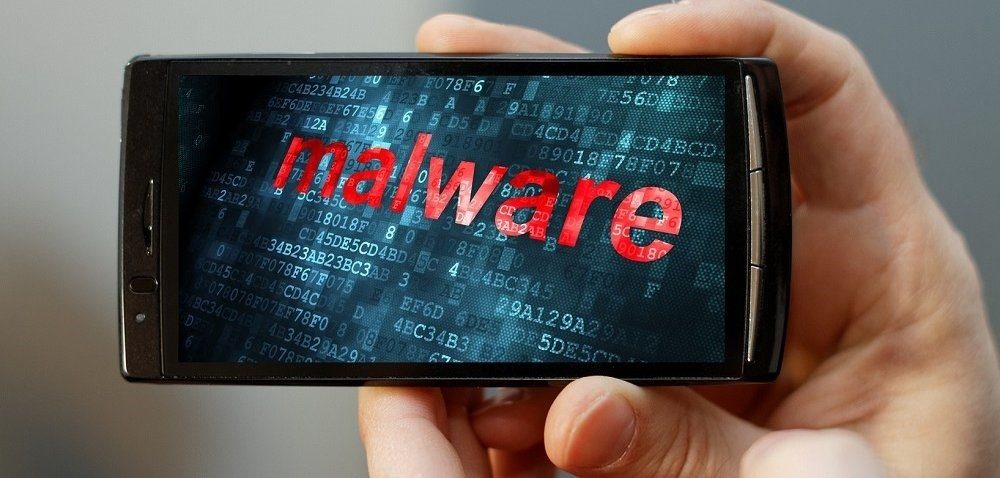
Only a few events in the history of “Cyber” and “Security” cause security professionals sit back, meditate, and try to understand the implications of that event. The earliest such event CyberHoot recalls reading about was the “Morris Worm” which spread across the early internet way back in 1988. Its author was subsequently convicted under the newly passed Computer Fraud and Abuse act of 1986. We can thank the Morris Worm for spurring the Defense Advanced Research Projects Agency (DARPA) to create the Computer Emergency Response Team tasked with coordinating emergency responses activities to critical computing events.
Since then multiple “events” have occurred which directly influenced Cybersecurity programs, protection technologies, and procedures. The ILOVEYOU virus (2000) and “SQL Slammer Worm (2003)” both taught us about network segmentation and the importance of limiting ports and protocols passing across our internal networks. Fast forward to 2017 and “WannaCry Ransomware” reminded us on the need for strong backup and restore capabilities.
A recent revelation has CyberHoot wondering if 2019 will be the year we look back and say: “That was the year Smartphones became vectors for wide-spread worms, viruses, and data theft.” Until this moment, smartphone hacking cost millions of dollars and was limited to nation state sponsored attacks. That is no longer true and the extent of how “untrue” this is seems like a watershed moment in cybersecurity.
Security researcher Ian Beer, from Google’s Project Zero whitehat hacking team published evidence of widespread smartphone hacking that successfully installed malicious software on Android and iOS smartphones. Googles researchers showed that by exploiting a series of vulnerabilities together (something the call chaining) hackers could install anything they wanted on your devices, just by visiting their malicious websites. Worse yet, this appears to have gone on for two years without being discovered. Sobering, isn’t it?
What does Cyber Al from CyberHoot suggest you do about this development? Let’s dive into some suggestions we’ve collected from various articles covering this noteworthy development.
Google’s security researcher Ian Beer writes. “All that users can do is be conscious of the fact that mass exploitation exists and behave accordingly; treat their mobile devices as both integral to their modern lives, yet also as devices which when compromised, can upload their every action into a database to potentially be used against them.”
We’ve entered a new era, where our beloved smartphones can be infected just by visiting malicious websites. Think before you surf the Internet willy-nilly on a trusted corporate devices containing Intellectual Property or Regulated Data. Maybe don’t visit that website!
If your worried about the cybersecurity of your company and want to do something concrete and meaningful to protect it, then visit CyberHoot.com today and sign up for a free 30-day trial. Email Sales@CyberHoot.com for information and assistance with any questions.
Discover and share the latest cybersecurity trends, tips and best practices – alongside new threats to watch out for.

For years, organizations have relied on fake email phishing simulations to measure employee resilience to...
Read more
Welcome to our two-part blog series on Microsoft’s new email security enhancement now included in Office 365 P1...
Read more
"Being an MSP today is like wearing a neon sign that says, ‘Hack me! I’m the gateway to 100...
Read moreGet sharper eyes on human risks, with the positive approach that beats traditional phish testing.
